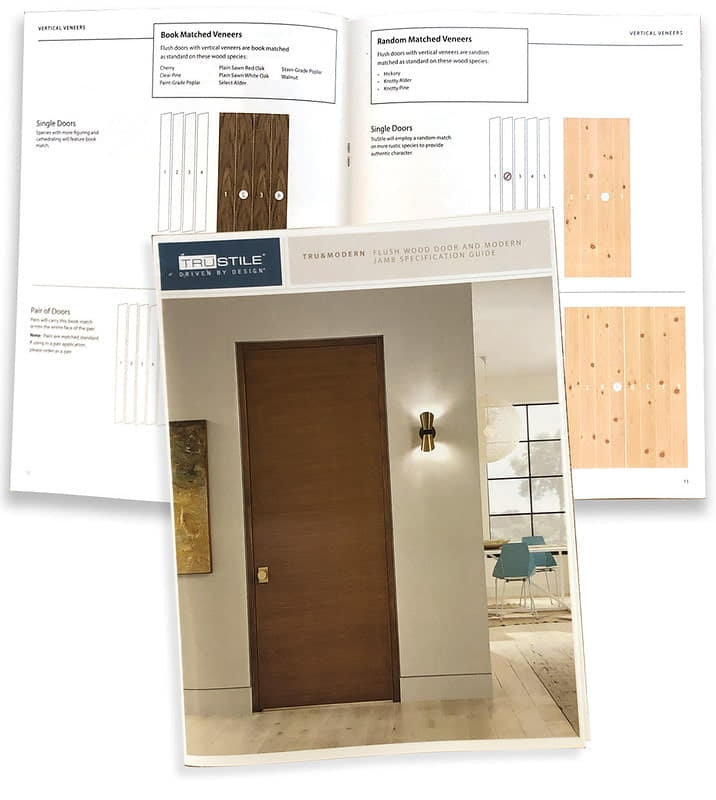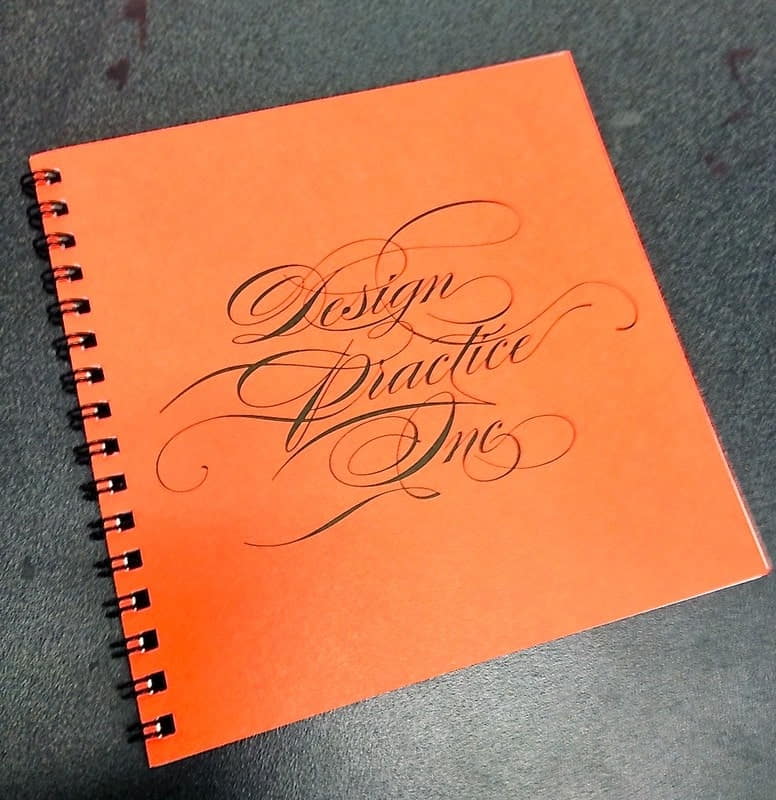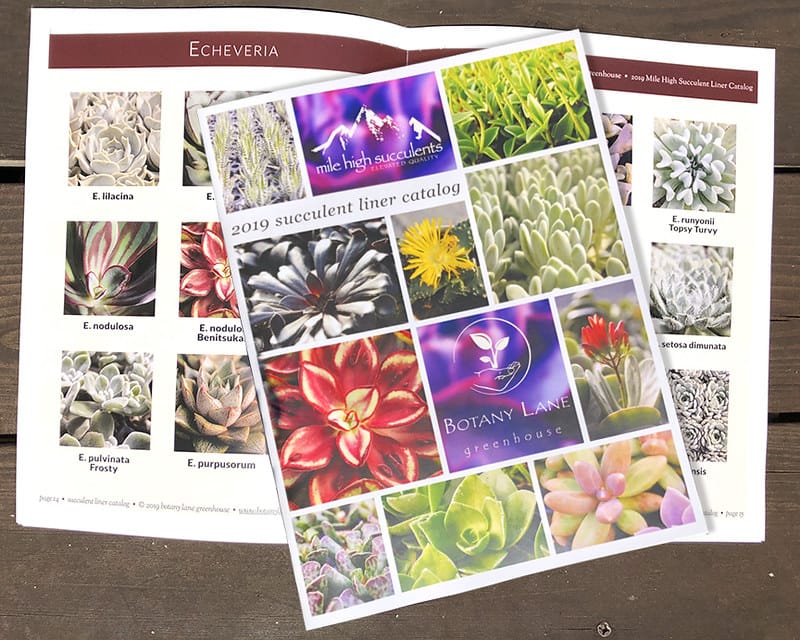MANUALS & CATALOGS
Designing effective manuals and catalogs requires a disciplined approach that takes into account various factors such as the use of tabs, color gradation, foldouts, durable finishes, coil bindery or other means. It is essential to consider the purpose of the manuals and catalogs, how they will be used, and the expected frequency of use.
One of the key factors to consider when designing manuals and catalogs is their intended use. Will they be referred to on a daily basis, used outdoors or updated frequently? Depending on the answers to these questions, you may need to consider different design and printing specifications. For example, if the manual is expected to be used outdoors, you may need to use a durable finish that can withstand exposure to the elements.
Another important factor to consider is the expected shelf-life of the manual or catalog. If it is expected to have a long shelf-life, then you may want to consider using high-quality paper and printing techniques that will ensure that the manual remains in good condition for a long time.
When designing manuals and catalogs, it is also crucial to ensure that they align with your corporate branding. This includes using consistent colors, typography, and imagery that reflect your company's values and brand identity. Your manuals and catalogs should be an extension of your brand and reflect the same level of professionalism and attention to detail.
In conclusion, designing effective manuals and catalogs requires a disciplined approach that takes into account the intended use, expected frequency of use, and expected shelf-life. By considering these factors, you can make strategic decisions about the design and printing specifications that will ensure your marketing tools function properly and reflect your corporate branding.



FIND A SIR SPEEDY LOCATION NEAR YOU
Don't see a location near you? No problem. Many of our local centers ship to any location, and you can order online 24/7


